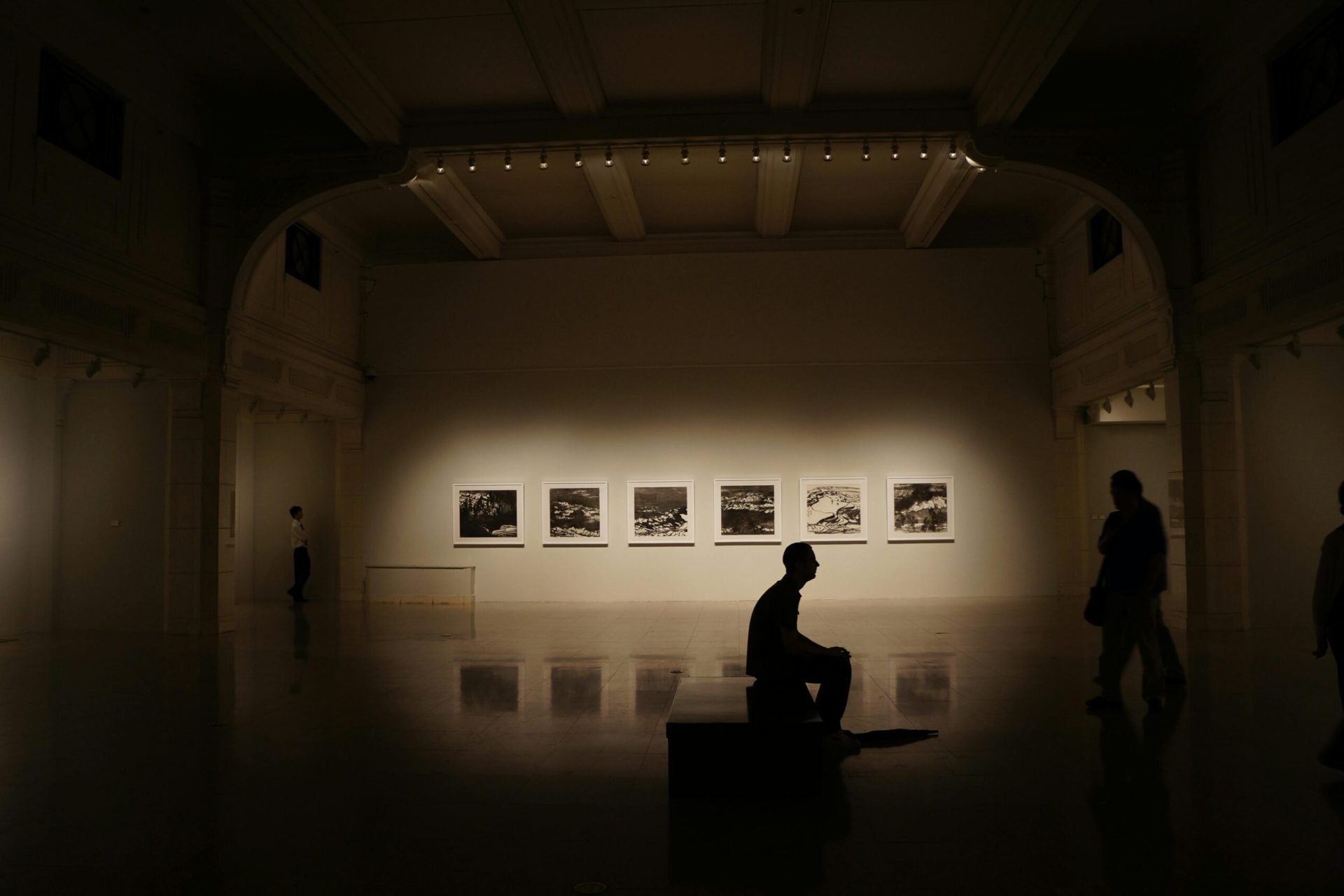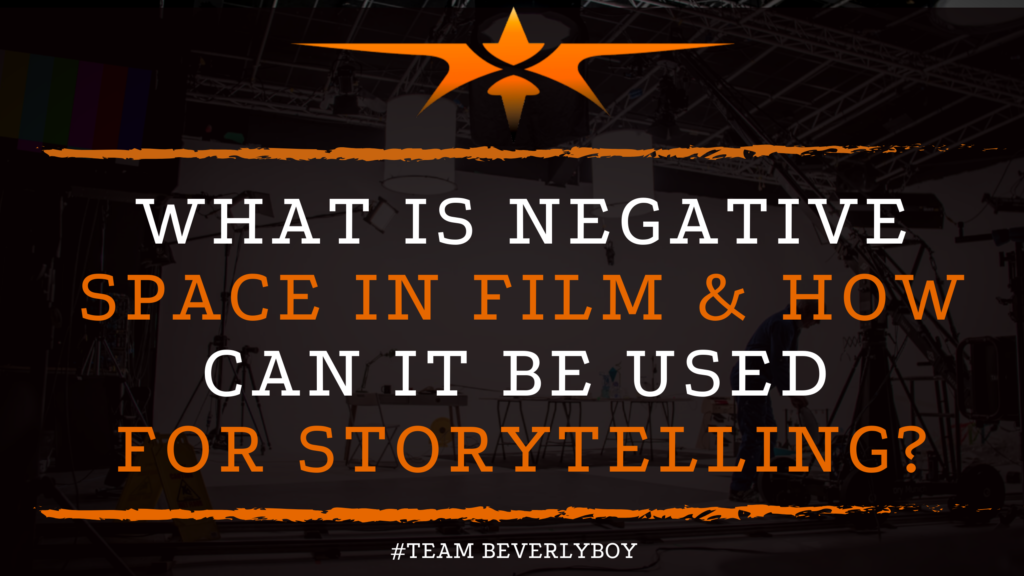What is Negative Space in Film & How Can it be Used For Storytelling?
Filmmakers learn a lot about shot composition and framing as they hone their skills and increase their understanding of film production. Various film and video concepts, particularly those that are similar to concepts that other artists such as painters would focus on, are of unique importance to aspiring cinematographers. The concept of negative space is one of many elements of composition that a filmmaker must understand and use to their advantage. In fact, Negative Space in Film is more than just empty areas within the frame.

The concept of negative space is incredibly important for any cinematographer to understand. Filmmakers can actually use this, and other elements of shot composition, to their advantage. Particularly when it comes to storytelling, the use of Negative Space in Film can give way to greater audience appreciation of characters while improving overall shot composition. In fact, filmmakers that truly understand the concept of negative space can achieve unique storytelling success through framing and composition that catches the audience’s attention.
What is Negative Space in Film?
In the simplest definition possible, Negative Space in Film represents the open space that can be seen around and between the subject. It’s everything that is contained outside the focus of your subject or, in other words, negative space is everything in the film frame besides your subject.
For example, if you’ve got a shot that includes your character walking through a busy retail store, your character is the focal point and everything else becomes the negative space. This means other people in the store, the signage in the store, the items on the racks along the aisles, it’s all negative space. Everything but the main focal point or subject becomes the negative space in a shot.
Negative space is not always “empty space.” In fact, it’s rarely just “empty” space. Don’t get the two confused!

Negative space may be physical space between and around your character, and there may not be much going on, or it could be the very condensed elements that are sharing the composition with your subject such as in the example above with the retail store. Negative space is everything that surrounds your subject. It may be outer space, it could be a busy street, it could be a retail store, a quiet room, an ocean, there could be people, other objects, and various things in the shot composition which constitutes negative space.
Negative does not mean empty!
Elements Good Shot Composition
The use of positive and negative space are important to your shot composition. Let’s talk about the elements of good shot composition for a minute. When a shot is captured, there’s a lot going on and each element of the composition is important to the narrative. Most shots are framed in a rectangle, that is unless you’re looking through a peephole or maybe through the periscope of a submarine. Within the rectangular frame you’ve got the top, bottom, left and right area of the shot. Within this area you also have positive and negative space.
The positive space in your frame is represented by your subject. It’s who, or what, you want your audience to focus on. It could be a person, it could be a particular object, but it’s whatever is in focus within your frame. Everything else, including everything that surrounds your subject, represent negative space in the frame. Negative space is not the focal point, but it doesn’t mean there’s nothing of interest. However, negative space should allow the eyes to relax a little bit.
To ensure good shot composition, the filmmaker must make sure that there is balance between the negative and the positive space within the frame. Think of the old Where’s Waldo illustrations that would keep the eyes busy for hours in search of tiny Waldo. The entire illustration is made up of positive space in which there’s no more or less focus on any one area of the page. The eyes don’t know where to focus so they focus on it all. This is poor use of positive space, although it was perfect for the purpose for which it was intended.
On the flip side, if you were to look at a canvas that was monochromatic in which there is no single element of focus, all you would see is negative space. The eyes wouldn’t know where to focus because there isn’t a focal point. Again, this may be ideal for the particular art form, but in terms of filmmaking, the use of both positive and negative space is important as it gives rise to a focal point while also allowing the audiences’ eyes a point of rest.
Using Negative Space in Film Storytelling
Negative space is important as it can be used for a variety of different purposes. Particularly where it comes to storytelling, negative space in film allows the filmmaker to isolate the subject of importance within the frame so that the audience knows where to look. However, that’s not the only way to use Negative Space in Film to the storytelling advantage.
Filmmakers can also use negative space to tell a deeper story. Thus, the audience might be attracted to a particular subject, but the elements surrounding the subject could tell a deeper more significant side of the story. For instance, many filmmakers will use negative space to trick the audience into expecting something more. We see this when there’s a lot of negative space left behind the subject which makes the audience think that something or someone is going to enter the area and fill the space.
Think about the film Open Water. In probably one of the most profound uses of negative space in any film recently made, Open Water shows characters in a vast ocean with nothing but negative space surrounding them. That is, nothing but the sharks that can come from any direction. A prime example of how negative space in film can be used to tell a story.

